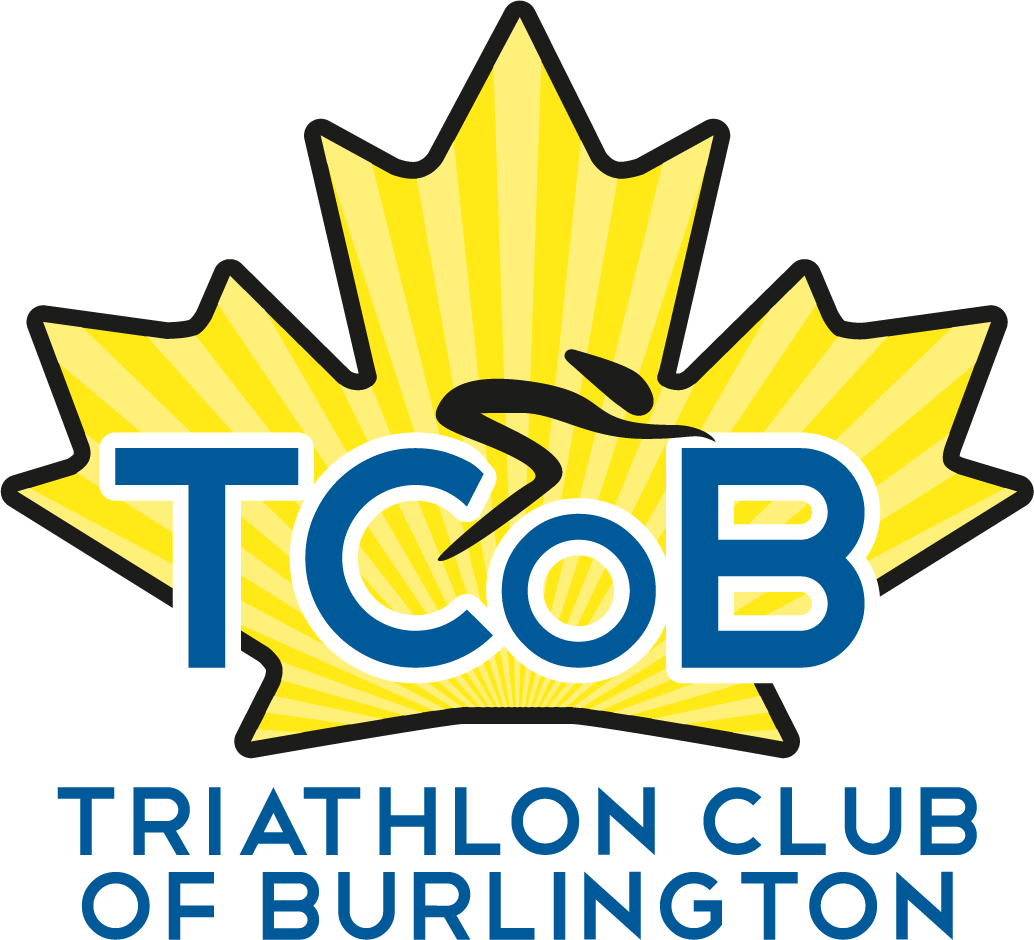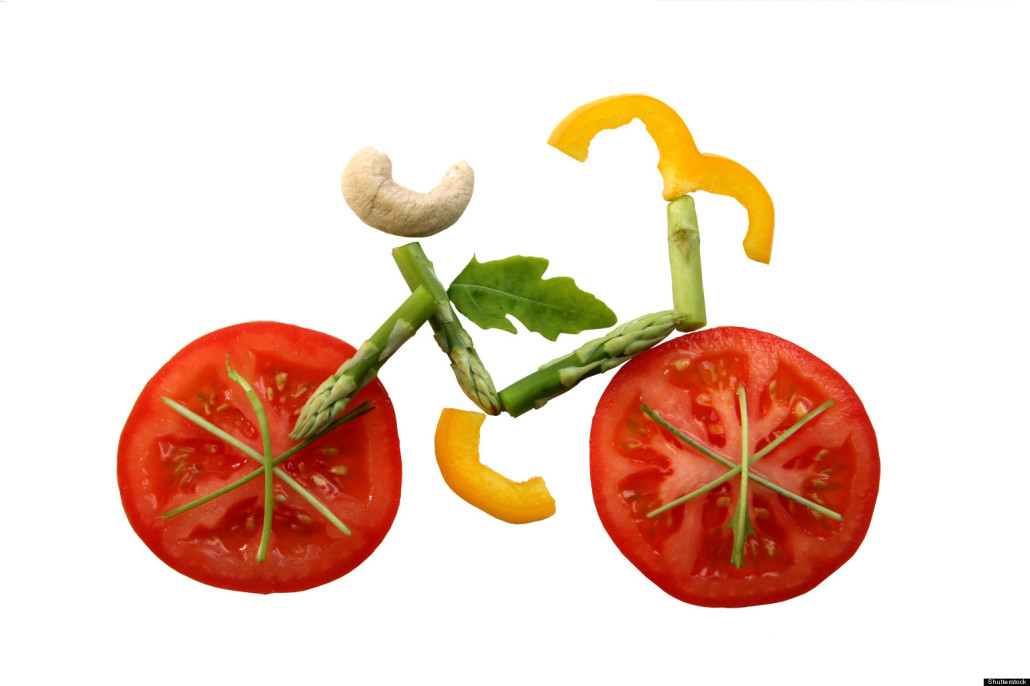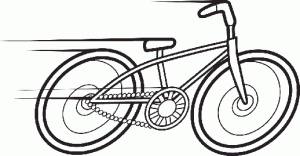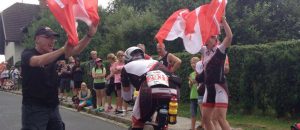Claudia Hutchinson (Certified Nutrition Practitioner), spoke to our group on Tuesday, July 29th at the brick workout and gave us all a great deal to think about when it comes to what we put in our bodies. What we eat can help us train harder, longer, faster, but most importantly, it can help us heal and recover from injury.
She started off with a quote from an article from Matt Fitzgerald called “The Physiological Impact of an IronMan on the Human Body”. READ THE ARTICLE
Claudia sums up her lecture with these notes for us:
Post Workout & Race Recovery
- Have a snack within 30 to 60 minutes of completing a hard workout or race
- Purpose to restore glycogen levels, decrease cortisol levels, and repair muscle micro-tears
- Snack needs to be 3:1 ratio of carbs:protein
- Hammer Nutrition’s Recoverite has this ratio built in so you don’t need to do the math, another good product is Vega Post Workout
- Add MojoMax Recovery Powder or the shake, the primary ingredient is L-Glutamine, which is your key recovery amino acid
- To keep your Immune System strong eat lots of colourful fruit & vegetables!!!
Nutrition for Healing an Injury
- Inflammation must be managed, remember it is increase blood flow to the injured area that brings lots of healing properties, so don’t squash it completely.
- Macronutrients are:
- Good Fats
- Protein
- Carbohydrates
- Good fats are anti-inflammatory and bad fats (trans and animal) are pro-inflammatory.
- Eat 2-3 servings of good fats per day: avocado, olives, nuts, seeds, nut oils, olive oil, flax & chia seed, and cold water fish like sardines, mackerel, & salmon
- Protein repairs soft tissue: muscles, tendons, and ligaments
- Aim to eat a little more protein but not all at one meal, spread your intake throughout the day so you are constantly sending it to the injured area so it can do it’s work and repair.
- An example would be to eat a couple of eggs or protein smoothie at breakfast, salmon or tuna on a big salad for lunch, and a stir fry with chicken or organic tofu for dinner.
- Carbohydrates have loads of micronutrients which are vitamins and minerals
- Vitamin A, C, D, Copper and Zinc facilitate the healing process
- Vegetables high in Vitamin A are Sweet Potato, Carrots, Squash, Spinach
- For Vitamin C eat Red Pepper, Citrus, Kiwi, Broccoli, Cantalope
- For Vitamin D eat fatty fish
- For Copper Seeds, Cashews, Walnuts, and Lentils
- For Zinc eat Poultry, Oys ters (very high), Crab, and Red Meat
Final Tips:
- Eat enough calories so you can heal, we often cut back when training volume is reduced, be careful not to cut back too much.
- Eat at regular intervals throughout the day. The goal is to continually supply nutrients to the body and the injured area so it can heal 24/7!
- Stay hydrated, water plays a very important role in the healing process.
You can contact Claudia at: claudia4fit@gmail.com




